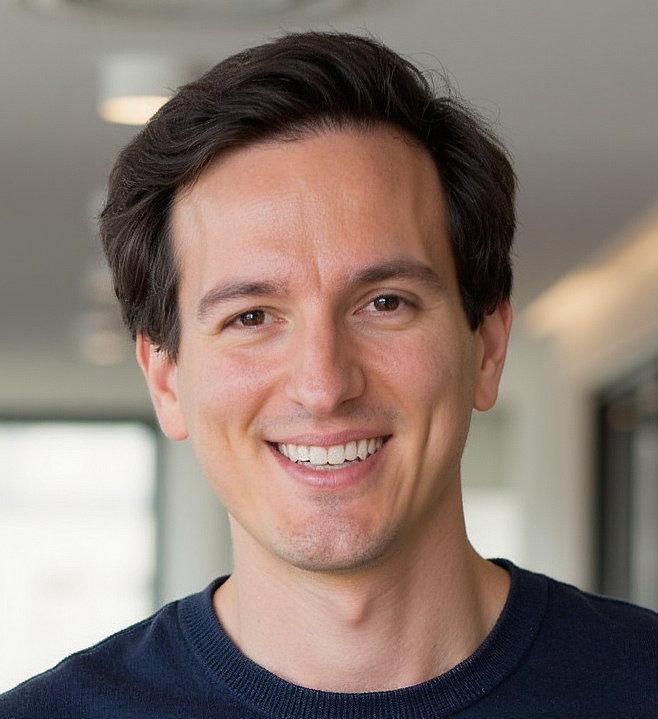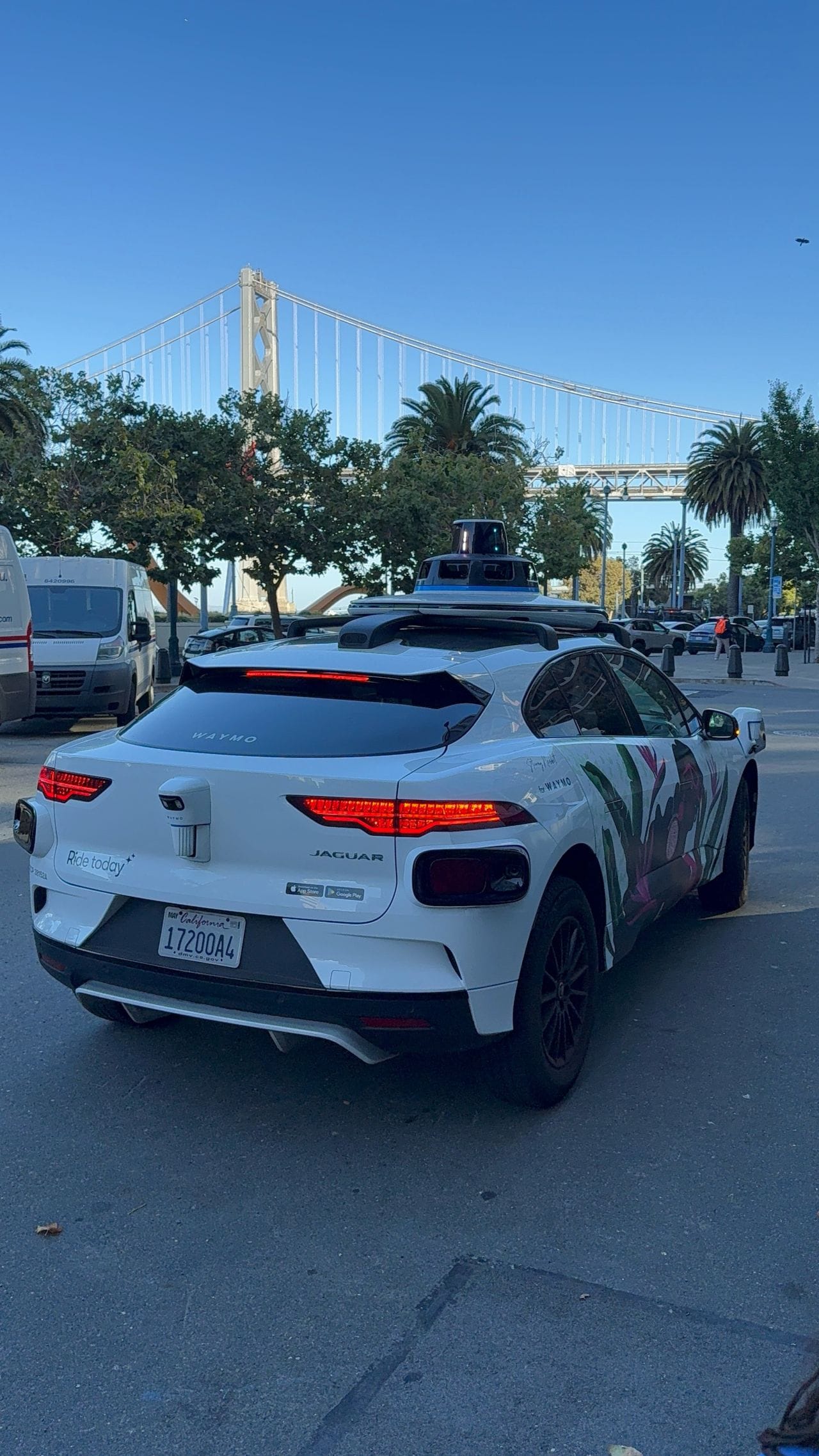During a family trip in San Francisco, I experienced a paradigm shift not in the cloud, but on the asphalt. It was a visceral lesson that the future often arrives not with a grand announcement, but with a quiet, electric hum as it pulls up to the curb.
The day started simply. We were sightseeing, and the familiar dance of hailing a ride began. But instead of the usual Lyft or Uber, my kids, having seen them glide silently through the city streets, were adamant: "Dad, can we try one of those Robotaxi?"
As a technologist, I was intrigued. As a parent, I was happy to indulge their curiosity. I knew the technology on paper, of course. I understood the complex symphony of LiDAR, radar, compute, and machine learning that made it possible. But understanding a system diagram and entrusting your family to one are two entirely different things.
The First Ride: From Science Fiction to Reality
Summoning the car felt familiar enough, a pin on a map, an ETA. But the arrival was anything but. A car pulled up, and the driver's seat was empty. The steering wheel was completely still. For a moment, it was pure science fiction. We opened the doors and settled in, the cabin feeling spacious and strangely serene without a person in the front seat.
With a tap on the in-car screen, we were off. That first turn was the moment of truth. The steering wheel rotated with a calm, deliberate precision that was almost unnerving. It navigated a busy intersection, yielded to a pedestrian, and merged into traffic with a smoothness that felt both alien and deeply reassuring. My initial feeling was one of awe, the kind you get from watching a truly elegant solution to an incredibly complex problem.
The Normalization: From Awe to Utility
That sci-fi feeling lasted for exactly one ride.
By our second trip, the novelty was already giving way to something far more powerful: trust. By the fifth ride of the day (I think we took eight in total), the experience had become as natural and unremarkable as drinking a glass of water. The awe had been replaced by an appreciation for its sheer, boring competence. And I mean "boring" as the highest compliment an architect can give a system. It just worked.
This is where my worldview truly began to shift. The experience was defined by a set of characteristics that we, as engineers, strive for in the systems we build:
- The app is seamless. The car arrives promptly. There's no ambiguity.
- Every ride was the same in its excellence. The acceleration was smooth, the braking was gentle, the lane changes were decisive but not aggressive. There was no variance in driver mood, no questionable route choices, no sudden braking. It was a system operating within perfectly defined, safe parameters.
- When we got in, the car recognized my profile and my Spotify account began playing our family's vacation playlist. It wasn't just a taxi; it was our space. The temperature was ours to control, the music was ours to choose.
- This was the most unexpected benefit. It was just us, the family. We could talk freely, laugh loudly, and just be ourselves. It felt like we were driving our own car, but without the stress of navigating a new city. We weren't guests in a stranger's vehicle, trying to subtly convince our host to turn on the AC. We were the sole occupants of a private, mobile space.
The Ultimate Litmus Test
The technology is one thing, but the human experience is the ultimate measure of success. At the end of a long day of exploring, I asked my kids a simple question.
"So, what do you prefer for our next ride? A Lyft Black in a fancy SUV, or another Waymo?"
They looked at me as if it were the most obvious question in the world. You don’t need to guess their answer. For them, the choice wasn't between a human and a robot. It was between a predictable, private, personalized experience and one that was not. They had already accepted this as the new standard.
This feels like the shift from on-premise data centers to the cloud. At first, giving up control of the physical hardware felt like a risk. Now, the abstraction, scalability, and predictability of the cloud are the unquestioned foundation of modern technology. Waymo felt like that, a fundamental abstraction of the driving experience. It delivers the outcome you want (getting from point A to point B, safely and comfortably) while abstracting away the complex, messy, and unpredictable parts of the process.
I left San Francisco thoroughly impressed. The experience was more than just a cool piece of tech; it was a glimpse into a fundamentally better way to move through our cities. It's a future that is safer, calmer, and more efficient.
This is the future. Everything else is the past.

